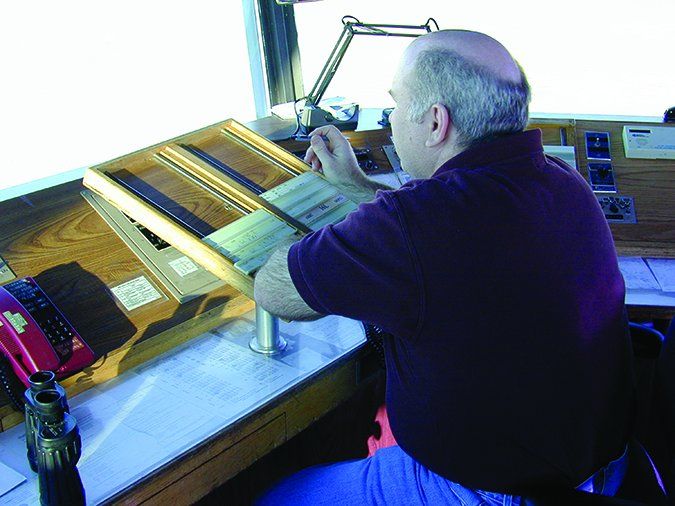On December 16, 2016, shortly after takeoff at 0119 local time, an EVA Air Boeing 777-300ER apparently came well within 1000 vertical feet of mountainous terrain after departing the Los Angeles (Calif.) International Airport (KLAX). While a formal investigation reportedly is underway at the FAA and the carrier, unofficial transcripts and aircraft tracking data make it clear this event was a very near thing. The publicly available information depicts confusion and uncertainty in the 777’s cockpit. It also suggests non-standard phraseology on ATC’s part may have contributed to the event. The sidebar on the opposite page explores it a bit more, based on unoffocial sources.
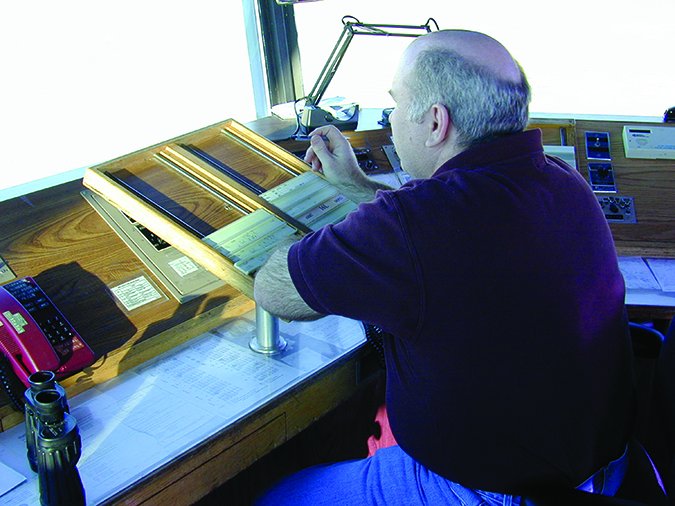
At this writing, it’s impossible to know what ongoing investigations will determine, and whether either the flight crew or the controller will face consequences. This and other incidents, however, highlight a longstanding problem: air traffic control is designed by and comprised of humans, and it’s therefore imperfect. Controllers make mistakes just like the rest of us, pilots included. The challenge is to recognize those mistakes when they happen and take action appropriate to resolve the issue. A recent encounter I had at a towered airport reinforces the old, bad joke that the controller likely will feel really bad after an accident. The pilot likely won’t feel a thing.
Dealing With ATC: Do’s And Don’ts
It’s impossible to write a set of rules and guidelines for communicating with ATC that envisions every possible combination of circumstances. The Aeronautical Information Manual, FAA Order JO 7110.65W, Air Traffic Control, and many other resources exist to explain and clarify many of the options, but there’s always something that gets through the cracks. To make sure you’re not in that crack when it slams shut, consider these do’s and don’ts:
Do:
1. Be on the correct frequency. Listen to it before blindly making a transmission; you may be interrupting an emergency in progress.
2. Use standard phraseology, especially on the first contact with a facility, including your full callsign.
3. Be aware of other aircraft on the frequency and the bandwidth they’re consuming, which includes radio spectrum and the controller’s workload.
4. Read back all elements of a clearance. If there’s something you didn’t catch or don’t understand, ask.
5. If the clearance doesn’t make sense—a turn in the opposite direction of your intended route or a clearance to a fix not on your cleared/planned route, ask.
6. Be sensitive to the controller’s workload: When the frequency is busy, keep your transmissions short and concise. Avoid the extraneous (“Good morning,” etc.).
Don’t
1. Don’t fail to read back all elements of a clearance, preferably in the same order. Don’t fail to fully understand the clearance, either.
2. Don’t use “CB” phraseology, ever. “Roger” went out with the DC-4.
3. Don’t monopolize the frequency. Other pilots may need it.
4. Don’t hesitate to ask for clarification, or for an identifier to be spelled.
5. Don’t let passengers talk over ATC. Use your intercom to isolate them or ask them to quiet down until your workload subsides.
6. Don’t let ATC take you somewhere you don’t want to go, like into rising terrain. Use your charting capability to figure it out.
Behind The Curve
I was arriving at a towered facility featuring three different runways and located within and near the southern edge of a larger Class C airport’s airspace. I was on an IFR flight plan/clearance and in very good VMC. The approach controller kept me high, and I was close-in and fast before spotting the airport and being cleared for a visual approach to a north-aligned runway. After switching to the tower, I discovered the local control frequency was busy with training operations. However, I managed to report my callsign and position, which was on short final for the runway I’d been cleared to approach.
Landing checklist complete and at about 200 feet agl, I went through the one in my head. Was I ready to land? There was one problem: I never heard the tower acknowledge my short-final report. Lacking a landing clearance and flying an aircraft incapable of hovering, I initiated a go-around and reported same to ATC. A local controller cleared me for left traffic for the runway now getting smaller beneath me, adding that he had cleared me to land earlier. I read back the left-traffic clearance and responded that I never heard the landing clearance. So far, no worries.
As I was rolling out of my turn onto the downwind leg, another local controller—clearly agitated—asked the N-number of the aircraft departing the runway I was turning to parallel. I hadn’t taken off from that runway, so I didn’t respond. After his second, equally urgent request and noticing that no one had taken off from that runway, I figured out he was referring to me. I reported my N-number, that I was an IFR arrival, that I never received clearance to land from the visual approach for which I’d been cleared and went around, and that another controller had cleared me to enter left traffic for the same runway. This second controller, now a bit more relaxed, then cleared me to make a right turn to join the final for an east-aligned runway and cleared me to land. The landing was uneventful.
After clearing the runway and switching to ground control, that controller apologized, saying his tower had been having coordination issues with the area’s approach control facility and noted I hadn’t done anything wrong. Thanks, sir, but I knew that. In fact, the system worked exactly as it’s supposed to. The sidebar on the following page analyzes my “arrival” in greater detail.
Communication and Expectations
One factor the EVA Air event and my own have in common? In the immortal words of actor Strother Martin: failure to communicate. In the case of EVA15, the situation was compounded by a flight crew for whom English is a second language and by the controller’s use of non-standard phraseology. In my case, it likely was due to a blocked transmission and the tower cab personnel’s failure to coordinate their actions.
After a clearance to turn to a heading of 180 and climb to 7000 feet msl, the 777 crew evidently misheard the clearance and turned left, to the north. The controller failed to catch their incorrect readback and apparently did not closely monitor the flight’s progress for a few moments. When it became apparent a separation conflict was in the making, the controller cleared the 777 to stop its climb until the conflict was resolved. By then, the flight was nearing terrain, which it narrowly missed.
In this case, the original sin was the 777 crew’s turn in the direction opposite to which it had been cleared. If it had turned correctly to the 180-degree heading, you’d be reading about something else. The reason the crew turned north isn’t known, but I’ll bet it eventually will be ascribed to their expectations. In fact, unmet expectations also is something these two events share.
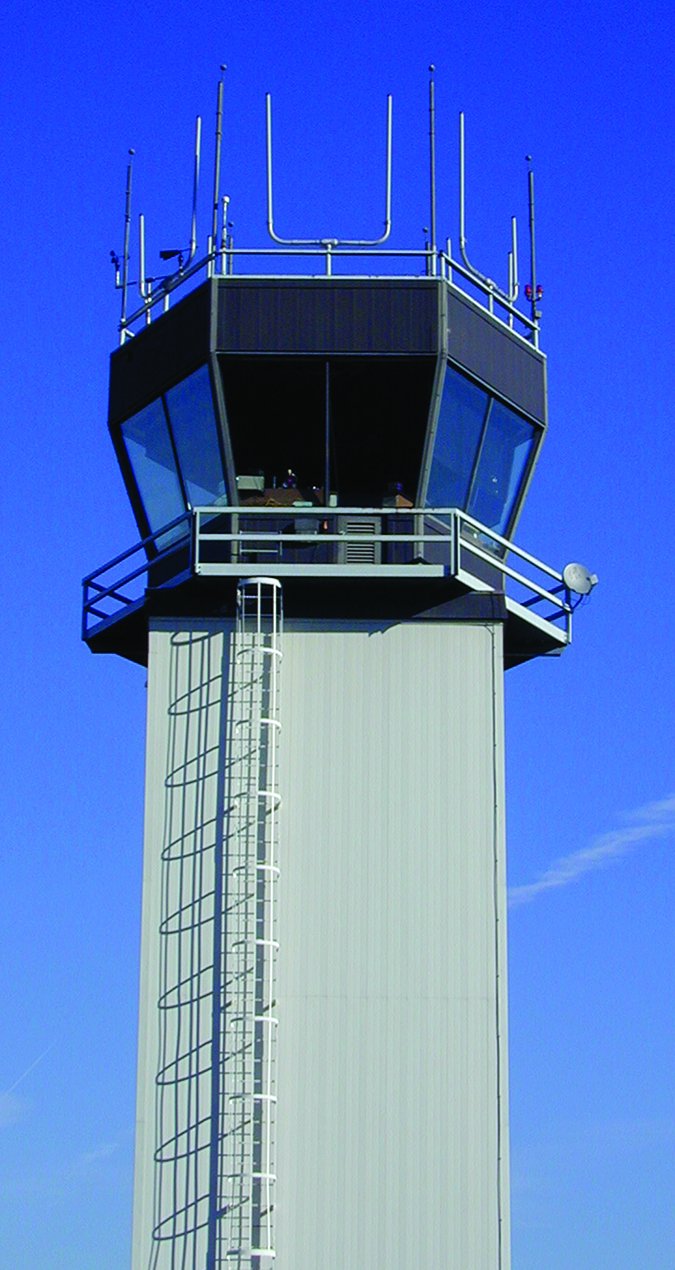
As the Ventura Seven departure procedure excerpt on page 5 highlights, the crew expected to receive vectors to the Ventura VOR/DME (VTU), which is to the northwest of LAX. After taking off on Runway 07R, the shortest route to that facility would, indeed, be a left turn. Instead, ATC cleared the flight for a right turn, to a 180-degree heading. But the crew expected a turn toward VTU, and that’s what they did.
In my case, I expected controllers at my destination to a) know I was coming, b) my location and, c) that I’d been cleared for a visual approach to a specific runway. I also expected a landing clearance after making my initial report on the local-control frequency. None of that happened, of course.
I’m not privy to the tower crew’s expectations, but I suspect they go something like this: a) the nearby Tracon will advise them of inbound IFR traffic when it’s within a certain distance of the airport, b) that notification will include the runway the inbound traffic has been cleared to approach and, c) the tower personnel will be advised when such an arrival has been requested to contact them. Oh, and they probably have a flight plan strip laying around somewhere. Apparently, very little of that happened, if any.
Analysis of a Go-Around
It’s not at all clear to me how the ball got dropped and I bombed into this Class D airport’s traffic pattern without them apparently knowing I was on the way. And having two controllers on the local control frequency offers other opportunities for communication failures: Once my presence, intentions and clearance was known to at least one person in the tower, why didn’t everyone know what was going on?
Specifically, it appears the Tracon and the tower are failing to coordinate IFR arrivals. It also appears having two controllers working the local control frequency is a recipe for confusion. This is especially true since an active training operation is based at that facility; there were three aircraft in the VFR pattern for the easterly runway at the time of my arrival. What does it take for the first controller to tap the other one on the shoulder and say, “Bonanza on the go from zero-one is making left traffic; no factor?”
There was an additional communication failure: I now have no doubt the first controller had cleared me to land, but I never heard it. I never heard a response to my initial report, and the frequency was busy. With so many transmitters in the immediate area—six total, with three in the pattern, two in the tower and me—there was a non-zero chance some relevant transmissions were being stepped on. It could be the second controller was handling the easterly runway while the first controller focused on the one I had been cleared to approach.
In the end, the system worked in the sense that everyone had a desirable outcome. But it could have worked better. The original sin was lack of communication between the Tracon and the tower. And it all went downhill from there.
Situational Awareness
One way in which these two events differ is in their crew’s situational awareness. In the case of the 777 crew, it’s likely they did not know—at least initially—they were flying toward rising terrain. I suspect an eventual terrain-avoidance warning in the cockpit clarified things for them. They were slow to catch on to the controller’s instructions and the urgency in her voice. This also could be ascribed to cultural and language differences. Overall, however, I’m convinced the crew’s expectation of receiving a left-turning vector over VTU overrode any knowledge of nearby terrain, and off they went.
In my case, the situational awareness problem was primarily in the tower cab: They simply didn’t know I was there and what I was doing. They’re not necessarily at fault, though; it’s likely someone at the nearby Tracon had dropped the ball (and if what I was told is accurate, that Tracon has been dropping the ball with some regularity). That doesn’t excuse the apparent failure of one controller to advise the other of my presence and intentions, however.
I personally find it more useful to listen to ATC instead of talking to them. Simply by listening you can learn what weather other flights are experiencing, what routings are in use, which frequency to expect next and whether the crossing traffic has you in sight. As technology advances, new tools are appearing in cockpits and ATC facilities. For example, the weather and traffic information available via ADS-B has greatly expanded our ability to stay abreast of field conditions and nearby traffic, even before we arrive. And data links between ATC and high-end cockpits are common, providing a new communication path independent of voice-frequency congestion. The former has done wonders for situational awareness in the cockpit; the latter may erode those gains. If we pay attention to ATC’s party-line, we might learn something.
EVA Air Flight 15 (BR15)/EVA15), December 16, 2016
The Boeing 777-300ER twinjet took off from KLAX’s Runway 07R at 0119 local time. The flight plan called for following the Ventura 7 departure procedure, an annotated excerpt of which is reproduced below, calling for a 071-degree heading after takeoff, and vectors to the Ventura VOR/DME, then on-course depending on the transition specified.
Publicly available ATC recordings show EVA15 was cleared to 7000 feet msl on a 090 heading shortly after takeoff and once in contact with the SoCal Tracon. So far, so good.
SoCal then cleared the flight to turn right to a 180-degree heading. For some reason—perhaps a partially blocked transmission—the 777’s crew understood they were to make a left turn to 180; they read back to the controller a left turn, but the controller failed to catch the misunderstanding. This is where things started to go off the rails.
Responding to the misheard clearance, EVA15 turned to a northerly heading, not 180, continuing its climb. Its new track was taking it toward the San Gabriel Mountains northeast of Los Angeles, with peaks to 6600 feet msl. At this point, the 777 was climbing through 4800 feet msl. The flight had been cleared to exceed the 250-knot speed limit below 10,000 feet msl and was doing 330 knots.
The errant heading caused a potential separation issue with another flight, which had departed LAX behind EVA15. To resolve the potential conflict, the controller cleared the traffic to expedite its climb and told EVA15 to stop its climb.
During this period, the controller used non-standard phraseology—”northbound,” “southbound”—potentially confusing the 777’s crew. Regardless, that crew failed to fly the cleared headings.
Once the separation conflict was resolved, the controller then cleared EVA15 to resume its climb and turn right to the 180 heading. Internet-based tracking sites show the 777 at approximately 6250 feet msl when it flew near terrain and obstacles reaching as high as 6600 feet. The 777 eventually turned to the correct heading, continuing to climb. It arrived safely at its destination.
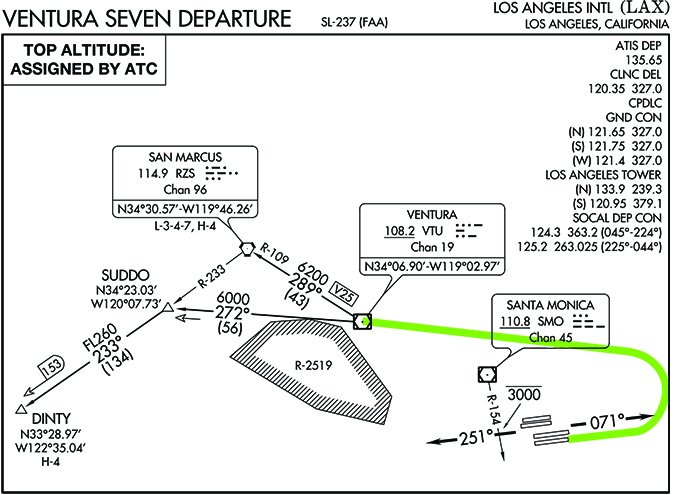
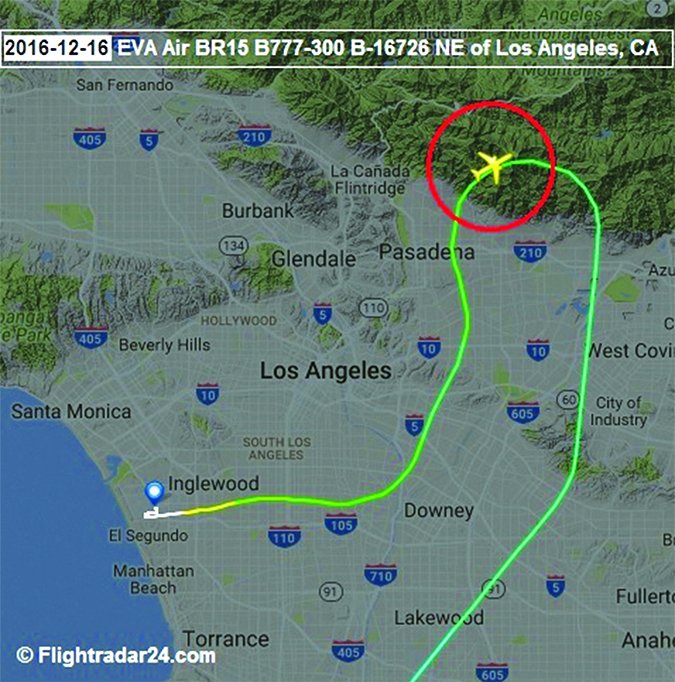
Jeb Burnside is this magazine’s editor-in-chief. He’s an airline transport pilot and owns a Beechcraft Debonair, plus half of an Aeronca 7CCM Champ.

